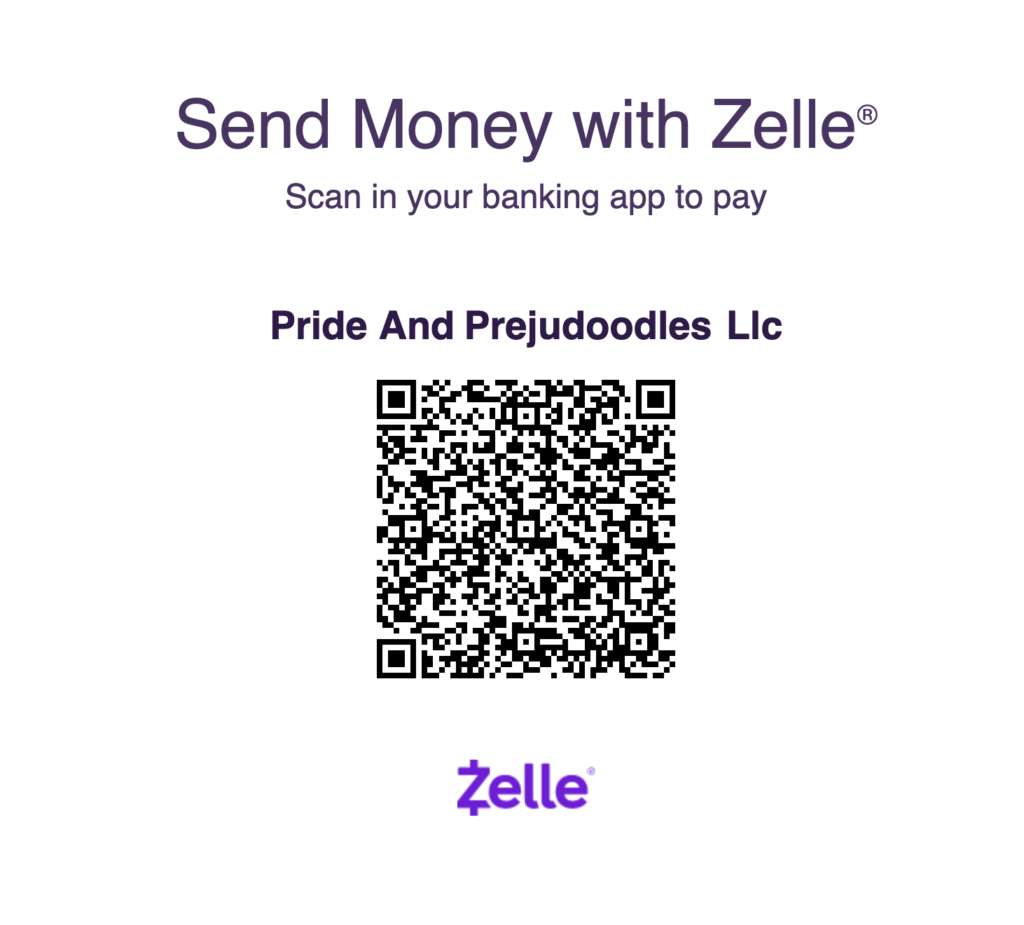 Dogs are naturally brimming with enthusiasm and love exploring when you take them out on a walk.
Dogs are naturally brimming with enthusiasm and love exploring when you take them out on a walk.
A new puppy will require types of ongoing training including puppy leash training, from the first time you take it outdoors to ensure it behaves appropriately on the leash as an adult dog.
While it’s tempting to let young puppies get away with a lot because they’re so darned cute, it sets you both up for trouble. Eventually, they grow out of this adorable stage, so it’s crucial that you prepare them and start puppy leash training right away.
It’s frustrating when a dog pulls on a leash or ignores commands, so we’ll teach you everything you need to know about how to train good behavior into your new furry friend from the outset.
Puppy Leash Training Equipment
Loose leash walking is when you teach your pooch to walk by your side so they don’t yank on the cord. When the dog understands that it must stand and walk next to you, it’s in a better position to follow commands, such as start walking and stop walking — and you both have more fun.
Some of the equipment you need to start puppy leash training sessions and practice walking includes:
- A good leash (retractable leash)
- Dog collar
- Dog treats
- Clicker
- Harness with front and back ring for strong dogs
- Head halter for large dogs
How to Leash-Train a Puppy

It’s best to begin puppy leash training indoors, where there isn’t anything to distract you or your pooch. Be patient and calm and remember that it’s a learning curve for both of you. Provided you’re consistent and offer positive reinforcement, you’ll do an awesome job.
- Place your pup on a loose dog leash.
- Hold the treats in the hand that’s on the opposite side of where you want your pup to walk.
- Use a treat to lure it into position at your side.
- Let it sniff the treat in your hand and then lift it to your shoulder and step forward.
- As you move forward, use a command such as “Let’s go” and give it a treat when it comes.
- Repeat steps 4 and 5, but add another step or two before providing the treat each time.
- If the dog pulls the leash or moves away from your side, stand still and lure it back to you using the treat.
- There’s no need to tell the dog off or pull on the leash — just be consistent in using the reward system, and don’t react at all to pulling or moving away.
- Once your dog masters walking alongside you nicely indoors, take the training outside.
- Consistency is king when it comes to dog training, so make sure you’re repeating the processes every time it wears the leash. This will keep them safe and protect other dogs and passersby.
Stopping Unwanted Behaviors
Dogs have terrible behavior when walking. The most common is when a dog starts pulling. Does your puppy want to keep loose leashes? The more leads that he gets the more permissions he thinks he should run and wander.
If a dog pulls, stop immediately and respond using verbal cues or a clicker. Wait until the leash is tight and then start to move forward. It has traditionally been a practice for leash trained dogs to walk nicely alongside on your left.
You can achieve this with your puppy through consistent puppy leash training or a help from a professional trainer.
Positive Reinforcement Is the Key
Dogs respond best to consistent positive reinforcement. Yelling, using fear tactics or pulling on the leash will result in confusion from the dog. Additionally, it will respond more to fear than to the promise of a reward or praise — which can lead to bad behavior.
Give them treats or favorite toys if they followed your commands and behaved nicely. It may also be helpful for dogs to have clicker training for better walking behavior.

Introduce a New Puppy to Your Family
Put your puppy leash training skills to the test with a new puppy from Pride and Prejudoodles. We offer trained goldendoodles and trained labradoodles for sale, or you can take the DIY approach — it’s up to you. Whichever route you take, few things are more rewarding than nurturing a pup into a happy and well-trained adult dog.
